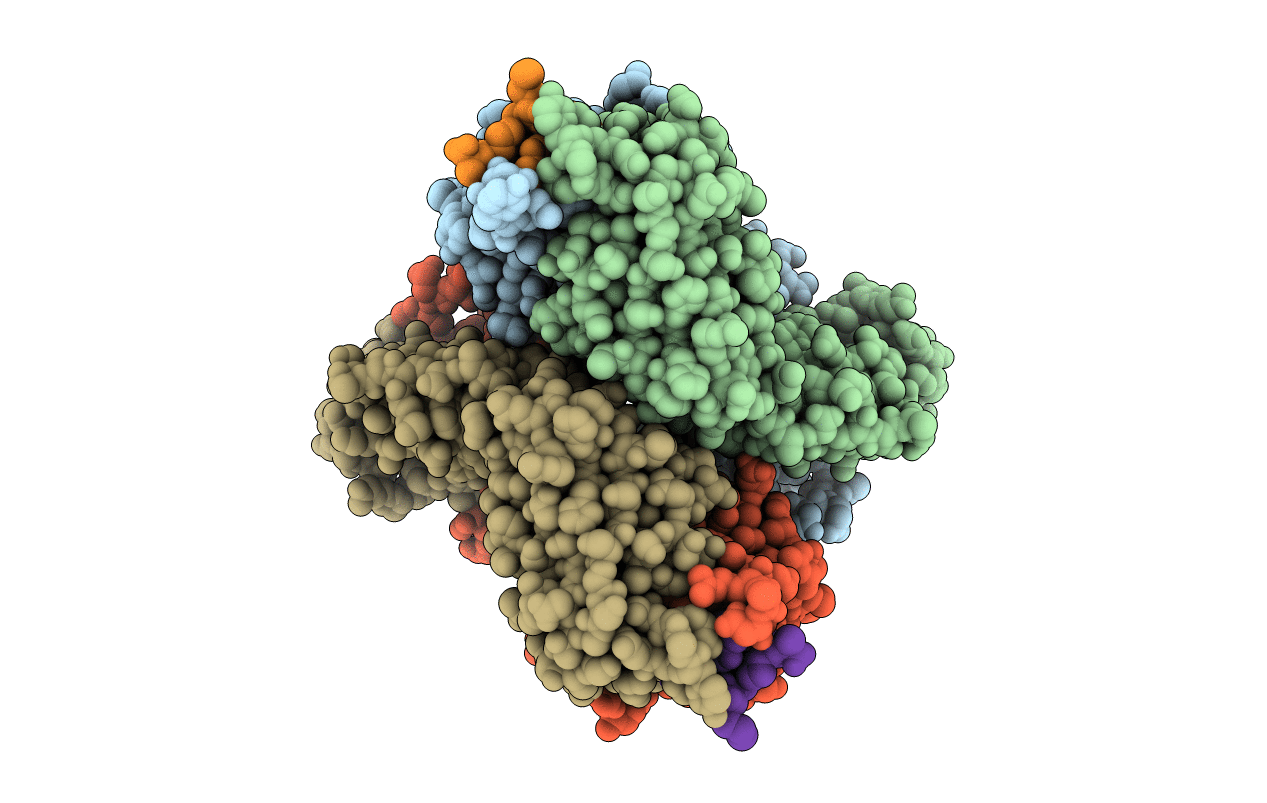
Deposition Date
1996-12-27
Release Date
1997-12-31
Last Version Date
2024-10-23
Method Details:
Experimental Method:
Resolution:
2.20 Å
R-Value Free:
0.28
R-Value Work:
0.19
R-Value Observed:
0.19
Space Group:
P 21 21 21


